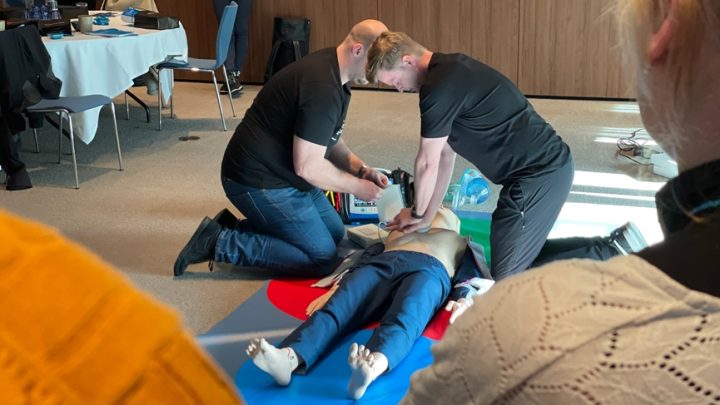When a cardiac arrest occurs, every second counts. The focus during the event is on rapid, coordinated action—starting CPR, managing the airway, delivering shocks, administering medications. But what happens after the code is just as critical as what happens during it.
Debriefing after a CPR event is one of the most powerful tools for improving future performance, strengthening team communication, and ultimately saving more lives.
Why Debriefing Matters
CPR events are intense, emotionally charged, and high-risk. Debriefing helps:
- Identify what went well
- Spot areas for improvement
- Enhance team communication
- Reduce emotional stress
- Promote a culture of safety and learning
By taking time to reflect, teams can translate experience into improvement.
When Should Debriefing Happen?
Ideally, as soon as possible after the event—while details are still fresh in everyone’s mind. Many hospitals implement a hot debrief, which occurs immediately after the code, followed by a more in-depth cold debrief later for deeper analysis.
What Should Be Covered?
An effective debrief includes both clinical and team-based elements. Key topics might include:
- Was CPR started promptly?
- Were chest compressions high-quality (rate, depth, recoil)?
- Was the airway managed effectively?
- Were medications and shocks given on time?
- Was communication clear and coordinated?
- Were roles and responsibilities understood?
- How did team members feel during and after the code?
The goal is not to assign blame, but to reflect honestly and grow as a team.
Tools That Help
Many teams use structured debriefing tools or checklists. Some hospitals integrate data from defibrillators or CPR feedback devices, which track compression rate, depth, and timing—providing objective data for discussion.
Simulation-based training programs often include debriefing modules that can also be adapted for real-life codes.
Emotional Support and Wellness
CPR events are emotionally taxing—especially if the patient outcome is poor. Debriefing gives team members a chance to process what happened, express feelings, and support one another. This helps reduce burnout and encourages resilience among staff.
Building a Culture of Continuous Improvement
Teams that debrief regularly:
- Improve code outcomes
- Communicate more effectively
- Reduce preventable errors
- Develop stronger leadership and followership skills
It fosters a culture of accountability, learning, and respect—where every event becomes a stepping stone to better care.
Final Thoughts
The code may end when the monitor flatlines or when ROSC is achieved—but the opportunity for learning begins there. Debriefing is not optional—it’s an essential part of high-quality resuscitation.
The best teams are not perfect. But they pause, reflect, and improve—together.


